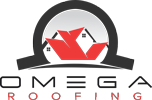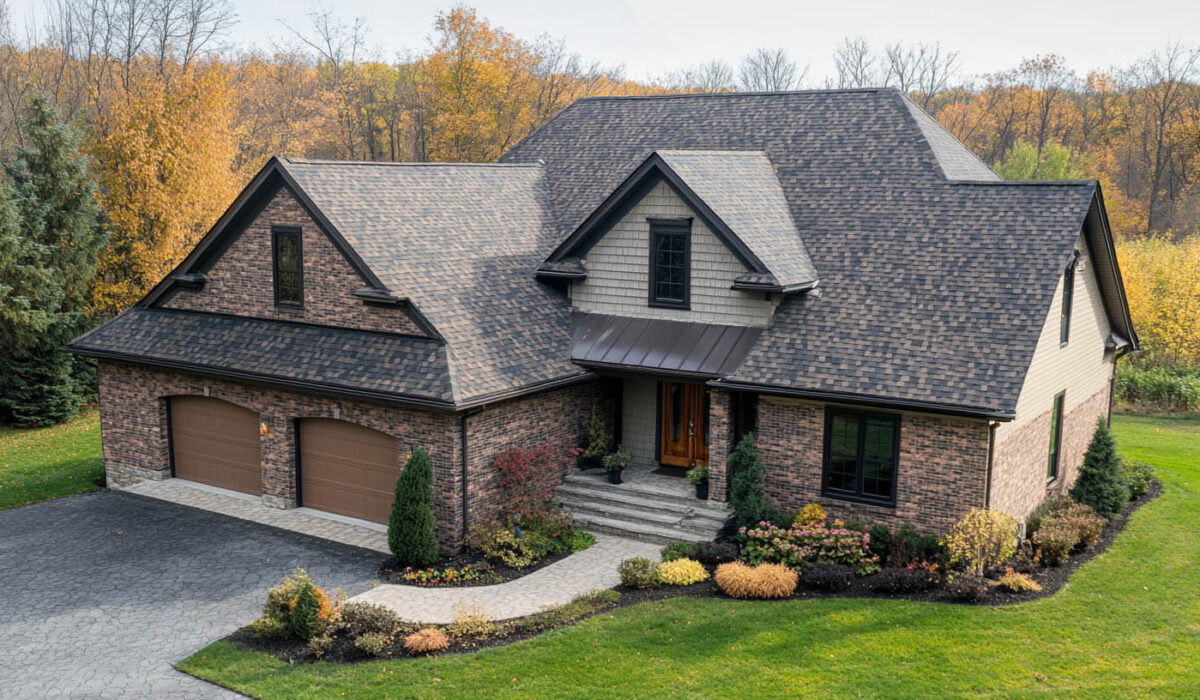Replacing a roof is a significant home improvement project, one that involves careful planning and understanding of the associated costs. Numerous factors influence the overall price of roof replacement, and being aware of these elements ensures a more informed decision. Here, we explore these key aspects in detail.
Material Choices and Quality
The type of material you choose is one of the most influential factors in determining the cost of roof replacement. Options range from affordable asphalt shingles to premium materials like metal, clay, or slate, each with distinct advantages:
- Asphalt Shingles: Cost-effective, durable, and widely available, they remain a popular choice.
- Metal Roofing: Known for its longevity and energy efficiency, though with higher initial costs.
- Slate or Tile Roofing: A premium option offering exceptional durability and aesthetics.
Premium materials often require specialized installation, adding to labor costs.
Roof Size and Complexity
The size of your roof directly affects the quantity of materials required and the time needed for installation. Larger roofs naturally incur higher expenses. Additionally, complex roof designs with features like multiple gables, dormers, and steep pitches require more labor and expertise, further increasing costs.
Removal and Disposal of Old Roofing
Removing the old roof is an essential part of most replacement projects. While some homeowners consider overlaying a new roof over the old one, complete removal allows for thorough inspection and repair of the underlying structure, ensuring the longevity of the new roof. Disposal fees for old materials also contribute to the cost.
Structural Repairs and Preparations
Once the old roof is removed, underlying damage such as rotting wood, mold, or deteriorated decking may be discovered. Addressing these issues is crucial for a sturdy foundation. Repairs or replacements of underlayment, flashing, and decking add to the overall cost but are necessary for the roof’s durability.
Accessibility and Safety Requirements
Difficult-to-access roofs require additional equipment like scaffolding or safety harnesses, which can increase labor and equipment costs. Similarly, steep roofs demand extra precautions, further raising expenses.
Geographic Location and Climate
Where you live significantly influences the cost of materials and labor. Regions prone to extreme weather conditions may require specialized materials or installation methods to comply with local building codes. For example, areas with high winds or heavy snow might need reinforced materials, which add to the total cost.
Roof Ventilation Systems
Proper roof ventilation plays a critical role in prolonging roof life and enhancing energy efficiency. Installing or upgrading ventilation systems during roof replacement may increase the upfront cost but offers long-term savings by reducing cooling expenses and preventing moisture buildup.
Special Features and Additions
Homes with unique roof features such as skylights, chimneys, or solar panels require additional time and materials to ensure proper integration. Enhancements like gutter systems or custom drainage solutions can also add to the budget.
Warranty Options
Many homeowners choose to invest in extended warranties for additional peace of mind. While this option increases initial expenses, it provides comprehensive coverage for materials and workmanship, potentially saving on future repair costs.
Local Permits and Regulations
Building codes and permit requirements vary by location. Many municipalities require permits for roof replacements, and inspections may also be mandatory. These costs, while relatively minor, should be factored into the overall project budget.
Highlight: Omega Roofing, LLC
Omega Roofing, LLC, located in Jackson, TN, stands out as a trusted provider of roofing services. As an Atlas Pro Certified Contractor, Omega Roofing embodies excellence in craftsmanship and customer service. With a commitment to accountability, community, and integrity, their team ensures high-quality installations tailored to each homeowner’s needs.
Frequently Asked Questions
1. How can I estimate my roof replacement costs?
Estimate costs by calculating your roof’s size and considering material choices, labor, and potential additional expenses like permits or structural repairs. A professional assessment ensures accuracy.
2. Is it better to overlay a roof or remove the old one?
While overlaying may reduce initial costs, removing the old roof allows for a thorough inspection and repair of underlying issues, ensuring a longer lifespan for your new roof.
3. What factors influence the timeline for roof replacement?
Project duration depends on the roof’s size, design complexity, weather conditions, and the contractor’s efficiency. Most residential roofs are completed in 1-3 days.
4. Are extended warranties worth considering?
Extended warranties provide extra protection for materials and labor, often justifying the cost for homeowners seeking long-term peace of mind.
5. How do I choose the best roofing material?
Consider factors like climate, budget, aesthetics, and durability. For example, metal roofs are ideal for areas with heavy rainfall, while asphalt shingles suit a wide range of climates and budgets.
Conclusion
A roof replacement is an investment that protects your home, enhances its value, and improves energy efficiency. By understanding the factors influencing costs, you can plan effectively and make choices that align with your needs and budget. For a seamless experience and exceptional results, consult with a reputable roofing contractor.
Read also: Recognizing Excellence in Roofing: Industry Leadership and Achievements

